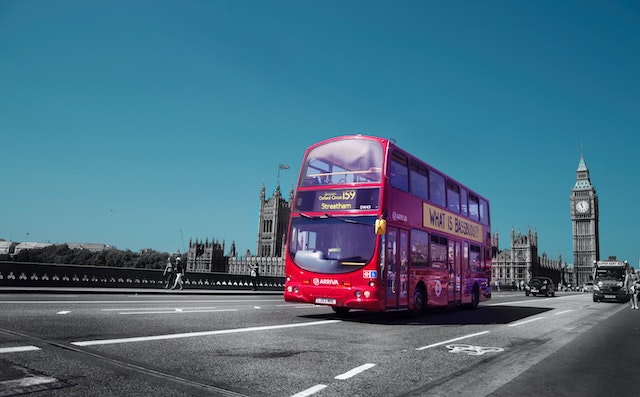Have you always harboured a childhood dream of driving a bus? Did you gaze up at your local bus driver with admiration, yearning for the opportunity to be in control of such a substantial and exquisite vehicle? Or perhaps you seek a career change and are attracted to the notion of assisting people in transportation. Fret not, as you are not alone! Bus driving continues to be a highly sought-after profession, offering ample rewards. After all, countless individuals rely on buses and coaches daily for various purposes, be it a brief excursion to the local stores, extensive road trips within the country, or even international travel. And each one of these passengers requires a skillful driver to ensure their safe journey. So, what does it take to embark on the path of becoming a bus driver, and what kind of training is necessary?
Licence Requirements
To obtain an HGV driving qualification, the initial step is to acquire your Driver CPC certification. This certification verifies your competence to drive professionally and underscores your awareness of road safety. It encompasses theoretical and practical assessments, comprehensive basic training, as well as a few medical examinations. For further information regarding the Driver CPC, please refer to the relevant resources.
The Driver CPC provides a foundational knowledge of operating large vehicles, safety considerations, and compliance with HGV driving regulations. However, it is important to note that the Driver CPC only confirms professional competence and does not grant legal permission to operate an HGV professionally. To legally drive an HGV, a specific licence corresponding to the desired vehicle, such as a Cat D licence For a bus, is required.
To add complexity, it is also necessary to acquire a Cat B licence as a prerequisite. The Cat B licence permits the operation of vehicles with a Maximum Authorised Mass of up to 3,500kg and accommodates up to 8 passengers. This category includes cars and trailers. Subsequently, individuals can pursue a Cat D licence, enabling them to drive buses with more than 8 passenger seats and even tracked vehicles (for those interested in driving tanks). By obtaining these three licences, one can fulfil the requirements to become a professional bus driver.
Cat D Training
Cat D and D1 training courses are specialised programs that aim to provide professional driving skills for buses and minibuses. After obtaining your Driver CPC qualification, it is essential to complete a Cat D training course. This ensures that you are equipped with the necessary expertise to operate these vehicles responsibly and proficiently.
Throughout your Cat D training, you will acquire knowledge and skills in various areas.
- The rules and regulations of the road, particularly relating to HGV’s
- The upkeep and overall maintenance of heavy goods vehicles (HGVs) and buses.
- Customer service abilities
- Ensuring the safety of yourself, your passengers, and fellow road users is of utmost importance.
- Understanding and anticipating potential risks
- Proficiency in operating multi-seater vehicles, encompassing theoretical knowledge as well as practical skills and training.
Once you have completed the training, you will acquire the necessary legal qualifications to operate any passenger vehicle exceeding 8 seats. This will allow you to pursue a career as a bus driver.
Training Methods for Obtaining a Cat D Licence
There are numerous training schools that provide a variety of top HGV training courses, which encompass Cat D and Driver CPC courses specifically designed for novice drivers. By availing of our assistance, you can acquire comprehensive knowledge and skills in operating large vehicles, with a specialised focus on bus driving. Additionally, our dedicated team will actively support you in securing your inaugural employment as a bus driver, facilitating a seamless transition into your new profession.
